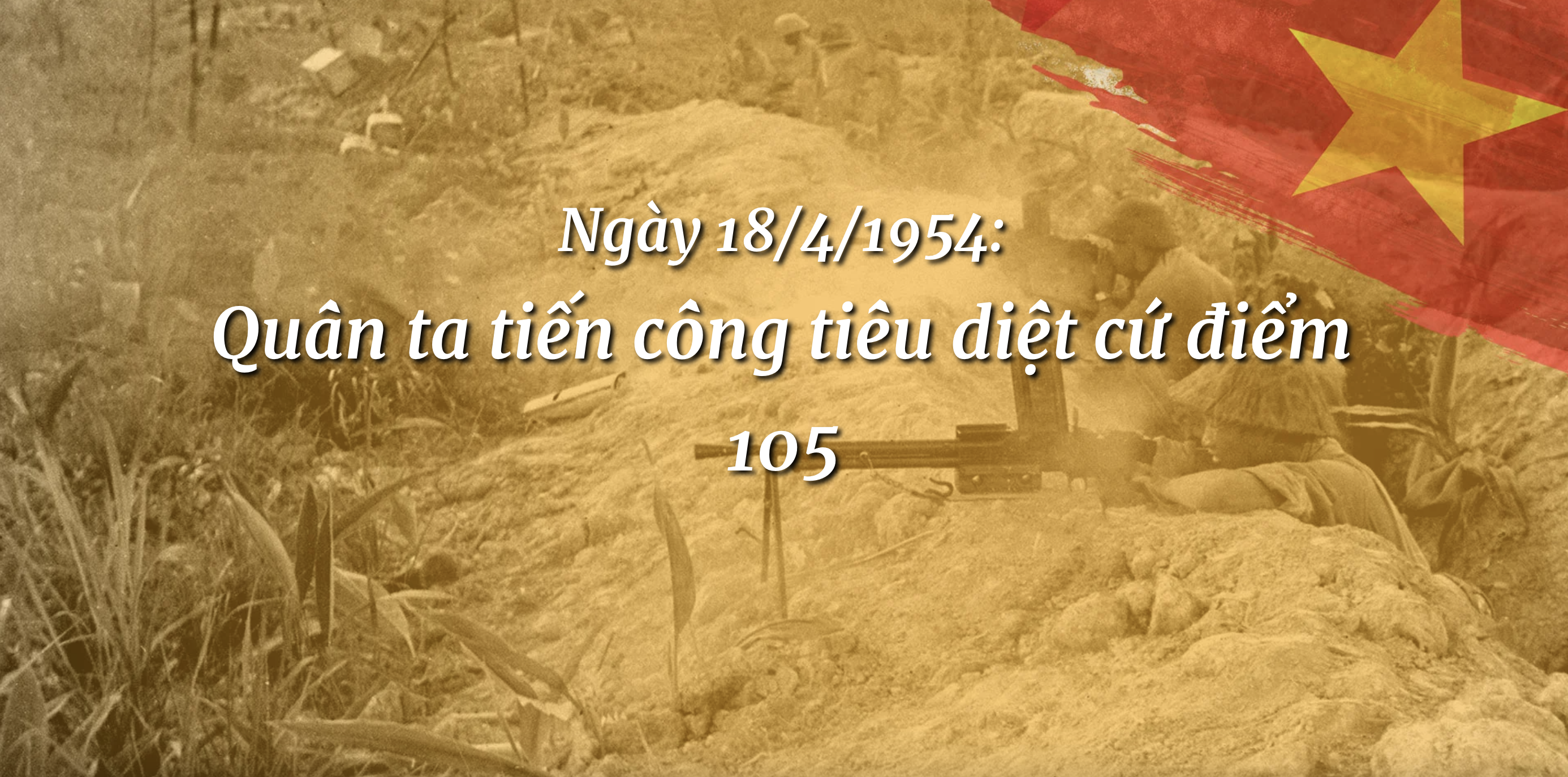
 From the high points we had captured, our troops controlled the enemy's actions every day. We used direct fire (DKZ, badoka) to destroy each bunker. Meanwhile, sniper teams eliminated those who came out to repair fortifications, observe or move around the post. The enemy fence consisted of many layers, some places were 50-100m thick, but every night we cut a little or used explosives to destroy a section. By April 18, the post north of the airport no longer had a fence.
From the high points we had captured, our troops controlled the enemy's actions every day. We used direct fire (DKZ, badoka) to destroy each bunker. Meanwhile, sniper teams eliminated those who came out to repair fortifications, observe or move around the post. The enemy fence consisted of many layers, some places were 50-100m thick, but every night we cut a little or used explosives to destroy a section. By April 18, the post north of the airport no longer had a fence. 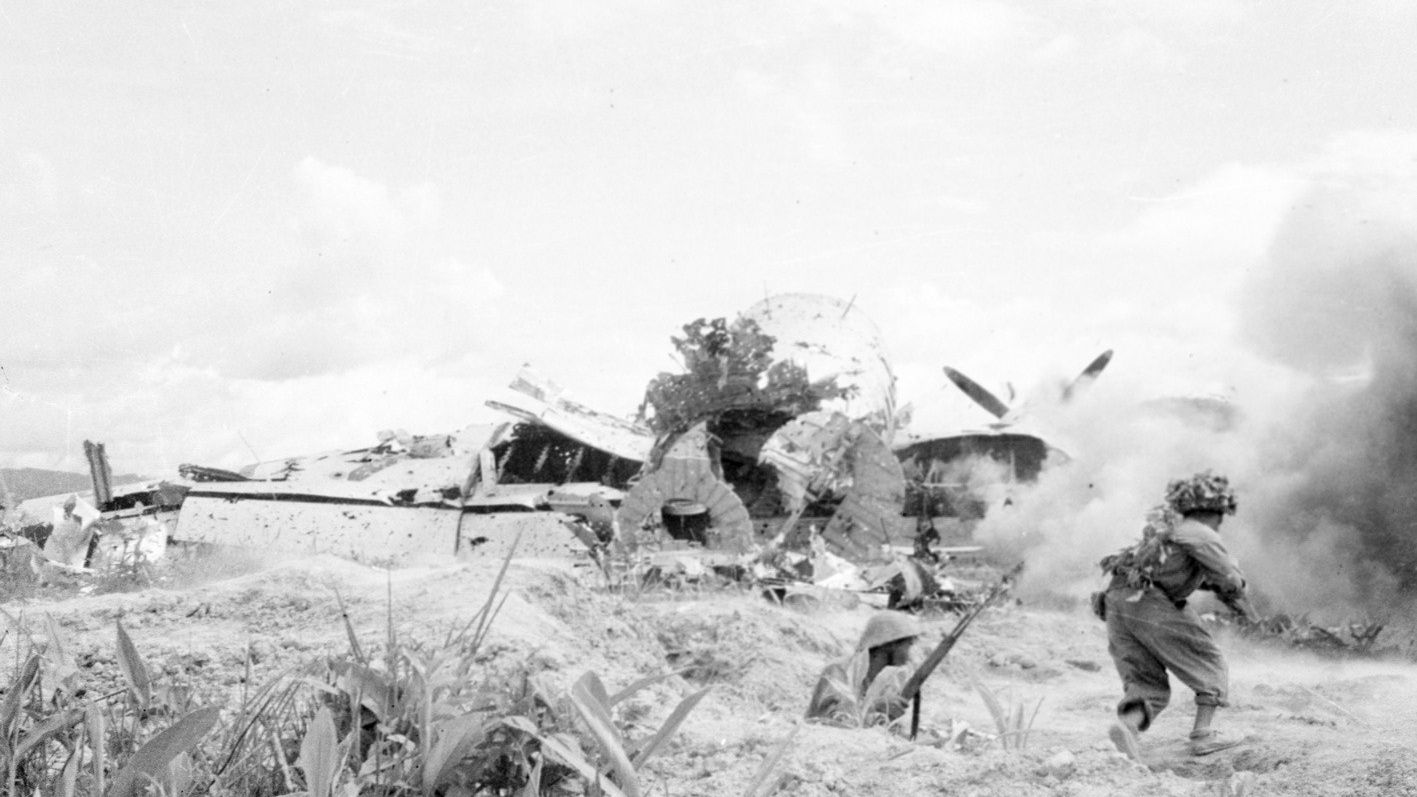
Our shock units attacked Muong Thanh airport and took control of the airport from the afternoon of April 22, cutting off the supply route to the stronghold group.
The enemy soldiers holding the fort panicked and tried to retreat. We intercepted and killed more than 100 of them, capturing 30. At 8:00 a.m. on April 18, we took control of the northern fort (an important stronghold protecting the airport). Our position advanced 700m towards Muong Thanh.
On the night of April 18, Regiment 165 launched a decisive attack on stronghold 105.
When the enemy sent tanks to fill the trench, the 36th Regiment, 308th Division, which was protecting our trench, was forced to retreat and use sniper rifles to shoot at the enemy. When the sight was broken, soldier Tran Dinh Hung calmly aimed through the barrel of the gun, loaded bullets and burned a tank. Comrade Hung's feat completed the work of filling the trench, forcing the enemy to retreat.
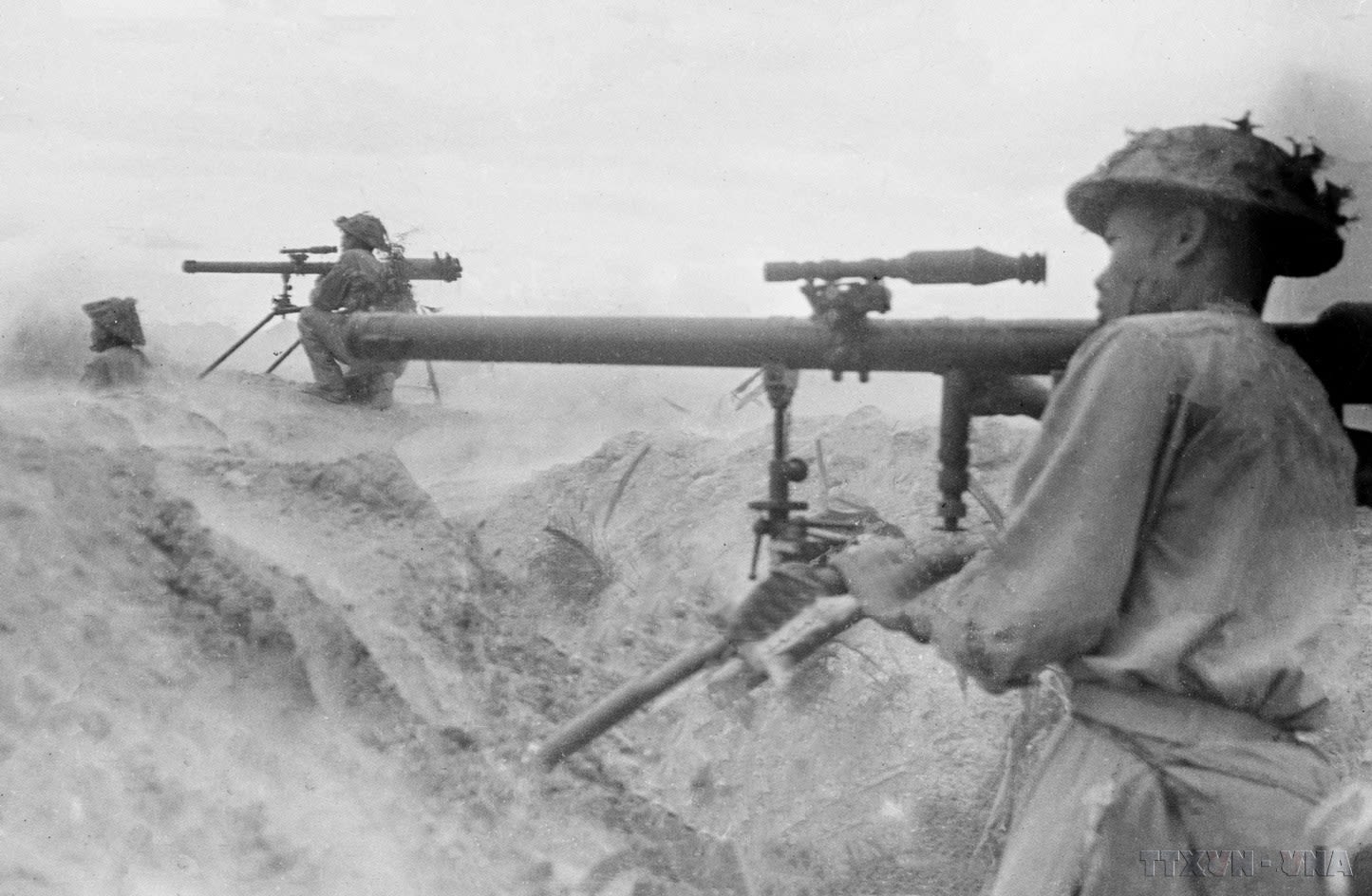
A DKZ gun unit supported the assault force attacking the central area of the Dien Bien Phu stronghold.
The soldiers of the 36th Regiment also began to encounter a new difficulty. The trenches near the base were less effective, they could not stop flank fire and grenades thrown from the base, but also revealed the position of the troops, and some soldiers were injured. The speed of digging trenches was slowed down. The new soldiers, who were guerrillas in the enemy's rear, suggested digging underground to reach the enemy's bunker, both to reduce casualties and to maintain secrecy.
At first, the cadres were reluctant to do it this way as it would take longer to prepare. But when a team tried it out, they found it was no slower than digging an open trench, as it could be done during the day. The trench digging method was accepted, although it was more difficult, it avoided casualties.
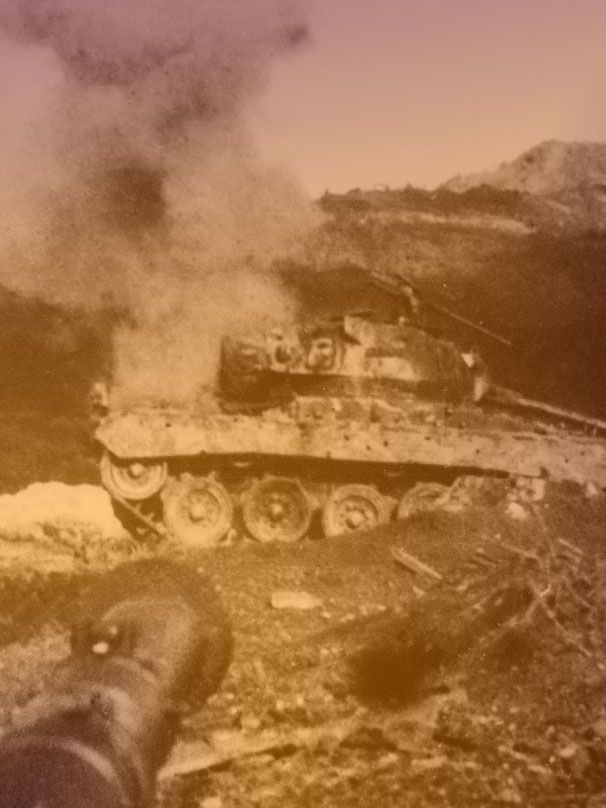
Enemy side:
General Navarre returned to Saigon, General Patridge announced that he was about to send an American delegation to study the implementation of the Vautour (Vulture) plan in case the Pentagon approved his conclusions after his visit to Saigon.
The US aircraft carrier Spaipan brought 28 Corsair aircraft from the Philippines to Da Nang airport.
The British government announced that it would not participate in the preparatory negotiations for the Geneva Conference and would not provide even the smallest military support or intervention for Dien Bien Phu.
At Dien Bien Phu:
Facing the risk of being annihilated, the enemy north of the airport secretly withdrew at 3 a.m., but because our troops had dug trenches across the airport, they were surrounded without water or food. Following the commander's orders, the retreating soldiers fired short bursts of bullets, threw bunches of grenades at us, and then fled.
Of the 120 soldiers, only about 60 remained, covered in blood and mud, and managed to run 1,500 meters to take shelter at the Huguette 2 base, arriving at 8 a.m. on Easter Sunday. The last base at the northern end of the airport no longer existed.
After Huyguette 7 and Huyguette 6 were destroyed, Huyguette 1 became the sudden position in the north of the central area. The stronghold of Huguette 1 was located deep inside, commanded by Captain Chevalier, and was held by the 4th Company of the 13th Foreign Legion Half-Brigade, which was the rotational force for the company of the 2nd Foreign Legion Infantry Regiment before. Unable to lose this position, because losing it meant losing the airport, De Castries was forced to send two infantry platoons and two tanks, along with a Foreign Legion platoon from the central area, under the cover of artillery, to fill the trenches.
From Huguette 2, the enemy moved about 100m under the unfinished traffic trench (because the trench was attacked by our troops while digging) and was also surrounded by the 36th Regiment with a trench battle. The legionnaires here resisted quite fiercely.
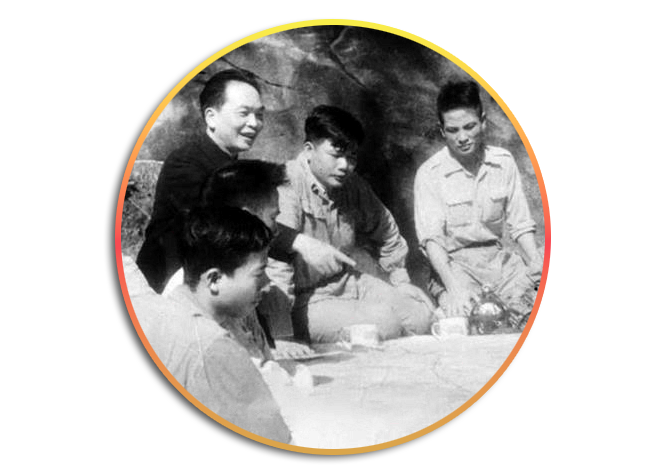
"Recalling the days of fighting in Dien Bien Phu, Colonel Dinh Ngoc Tuong, Deputy Political Commissar of the Engineer Corps, in the article "Engineer troops in the Dien Bien Phu campaign" (Proceedings of the Scientific Conference "Dien Bien Phu Victory - Historical and Realistic Values (May 7, 1954 - May 7, 2019) wrote: To meet the requirements of combat, the widespread use and promotion of the combined strength of all forces participating in ensuring the mobile route during the entire combat process created favorable conditions for the forces to carry out the campaign promptly and secretly. During the Dien Bien Phu Campaign, the engineering force ensuring the mobile route had 1 Engineer Regiment 151, which was only capable of repairing and restoring a number of available roads; meanwhile, the need to ensure roads for artillery tractors to enter the battlefield, and vehicles transporting logistics materials to serve hundreds of thousands of people for 5 months in a sparsely forested mountainous area, in the rainy season and with frequent enemy attacks. Therefore, In addition to the 151st Engineer Regiment, we mobilized 5,000 youth volunteers, laborers, traffic forces, and people to participate in security, spread out along nearly 250km of road."

Nhandan.vn








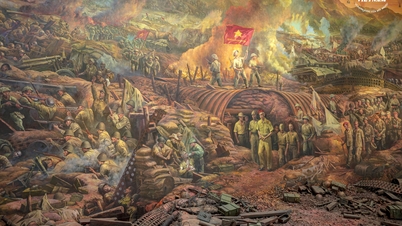

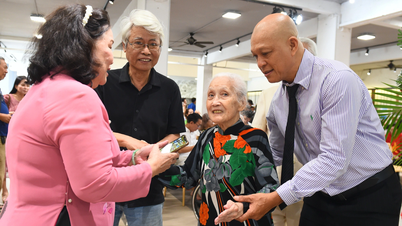



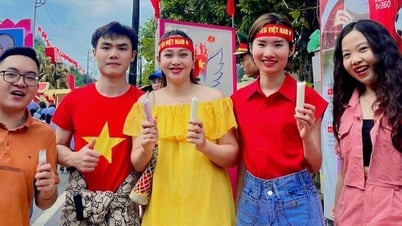















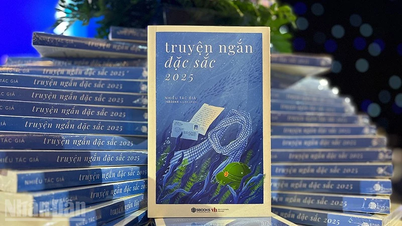
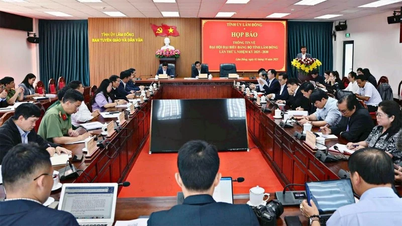
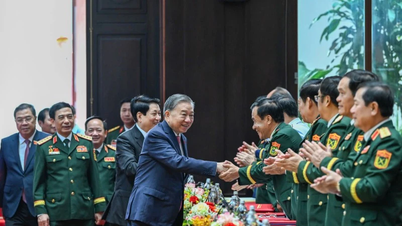
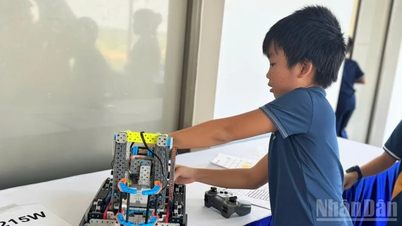
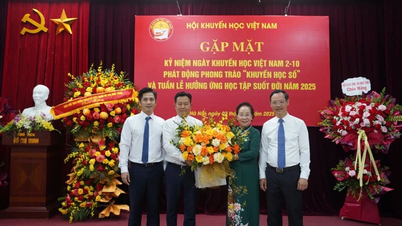





































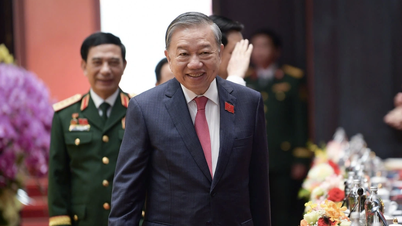






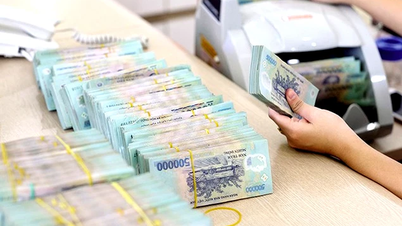

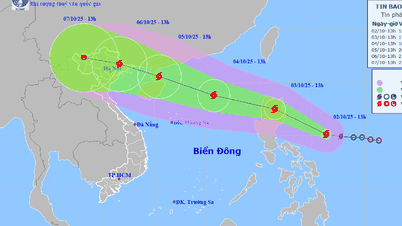


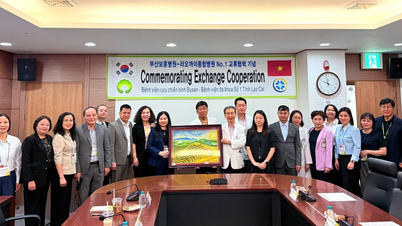

















Comment (0)